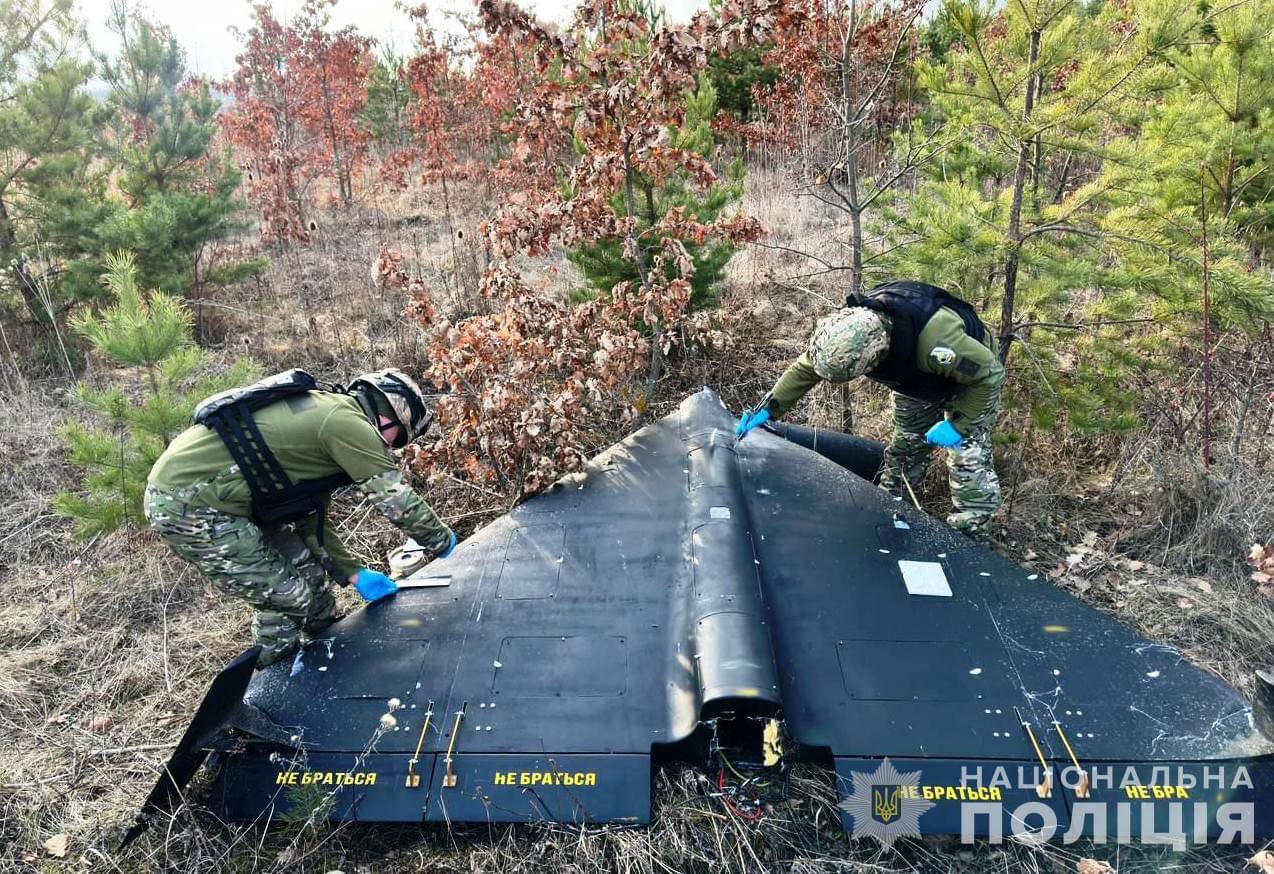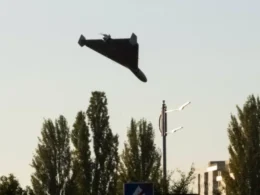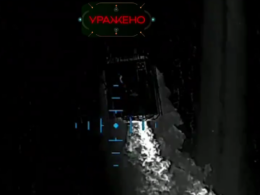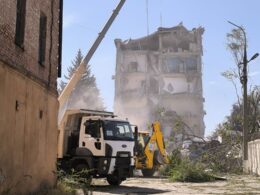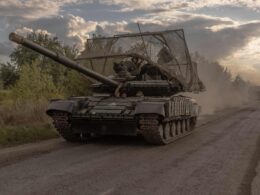"The Russians have issues with the engines for missiles. We’re even seeing statements about acquiring missile engine manufacturing technology from Iran for both cruise and ballistic missiles. Russia can not produce enough missiles to supply itself. Moreover, it understands that this is a war of attrition, and missiles are very expensive. Additionally, launching most missiles requires raising strategic aviation, which is also very costly," the expert explained.According to Khrapchynskyi, Russia has few strategic aviation aircraft, and they are non-renewable. He emphasized that while Russia can still build tactical aviation, the situation is different with strategic aviation, as it can only repair them using decommissioned aircraft.
"Meanwhile, we’re seeing the Russia's use of Kh-69 missiles. It is the missile that was intended to be a cruise missile that could reach distances up to 1,000 kilometers but launched from tactical aircraft. Again, they use it because strategic aviation is very expensive. Russia’s strategic aviation is necessary if they are to fight NATO, as these are aircraft that can fly up to 6,000 kilometers and launch missiles up to 4,000 kilometers. Using them against Ukraine at distances of up to 1,000 kilometers is resource-intensive, so now Russia is looking for ways to reduce costs," noted the electronic warfare expert.He added that the Russians have not announced mobilization but instead have enlisted North Korean personnel as a cheaper solution to manage the domestic situation while continuing the war.
"We’re seeing inexpensive drones and Kh-69 missile use. Russia will seek solutions for a single Shahed to cause more damage than two Shaheds previously did," said Khrapchynskyi.Earlier, the experts from Defence Express noted that Russia began using thermobaric warheads on Shaheds.
"In densely built urban areas, it is a dangerous weapon because thermobaric warheads cause secondary detonations, creating significant destruction, and a powerful blast wave that damages surrounding buildings," explained Khrapchynskyi.According to the expert, Russia first launches decoy targets, known as "Gerberas" — drones that fly around, appearing and disappearing on radar. Russia then sends Shaheds armed with thermobaric warheads along those mapped routes.
"Russia is waging war as a terrorist, trying to cause greater harm to the civilian population. They’re also attempting to penetrate deeper into Ukraine’s rear to inflict more damage. It’s too early to say if this will become standard," he said.However, Russia will continue seeking ways to make each Shahed cause more damage than two previously could, Khrapchynskyi. Read more:
- Norway allocates $ 105 million for Ukrainian energy infrastructure recovery
- Ukraine and Russia in talks about halting strikes on energy plants – FT report
- Kremlin denies talks with Ukraine on abandoning energy attacks
- Germany allocates $217 million for Ukraine’s humanitarian winter aid amid Russian energy strikes

